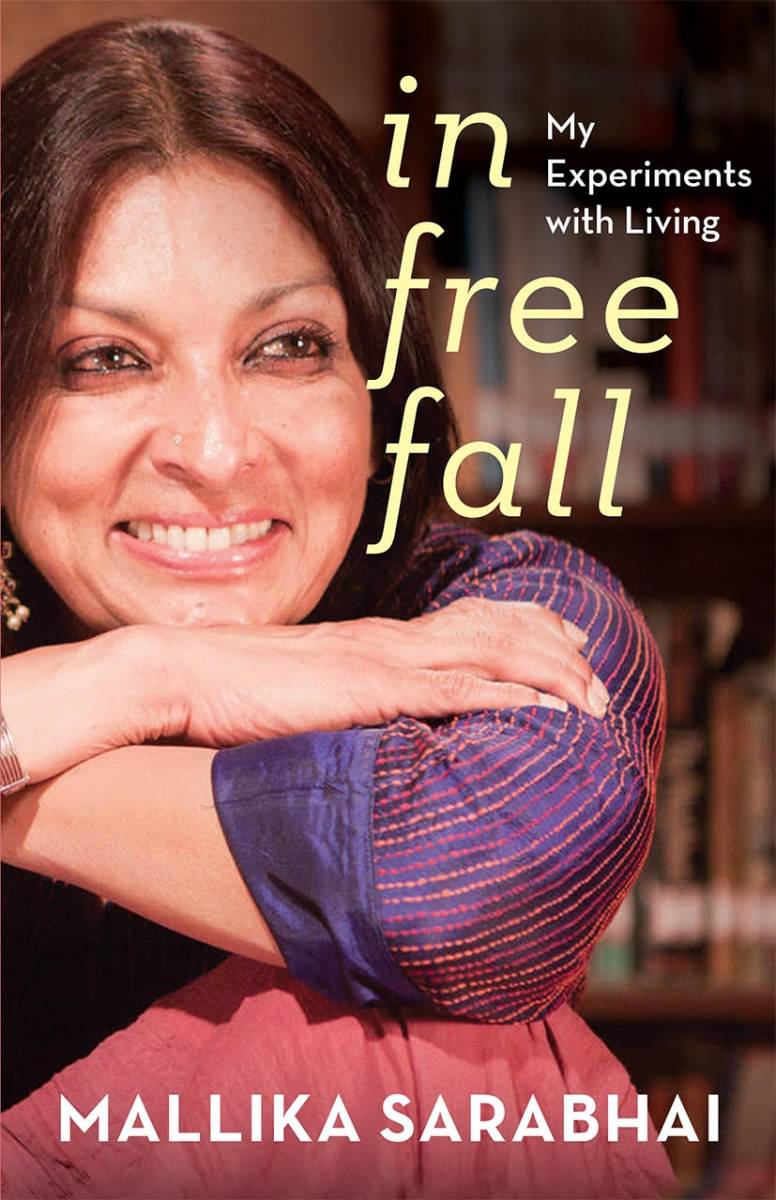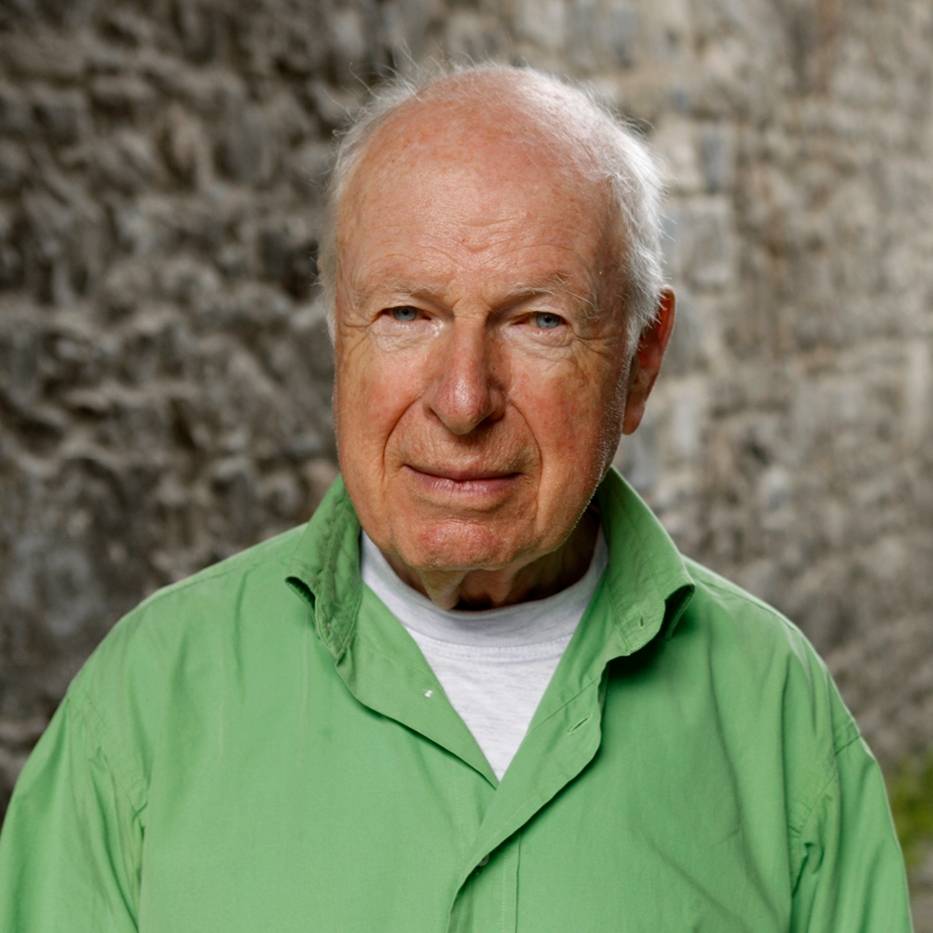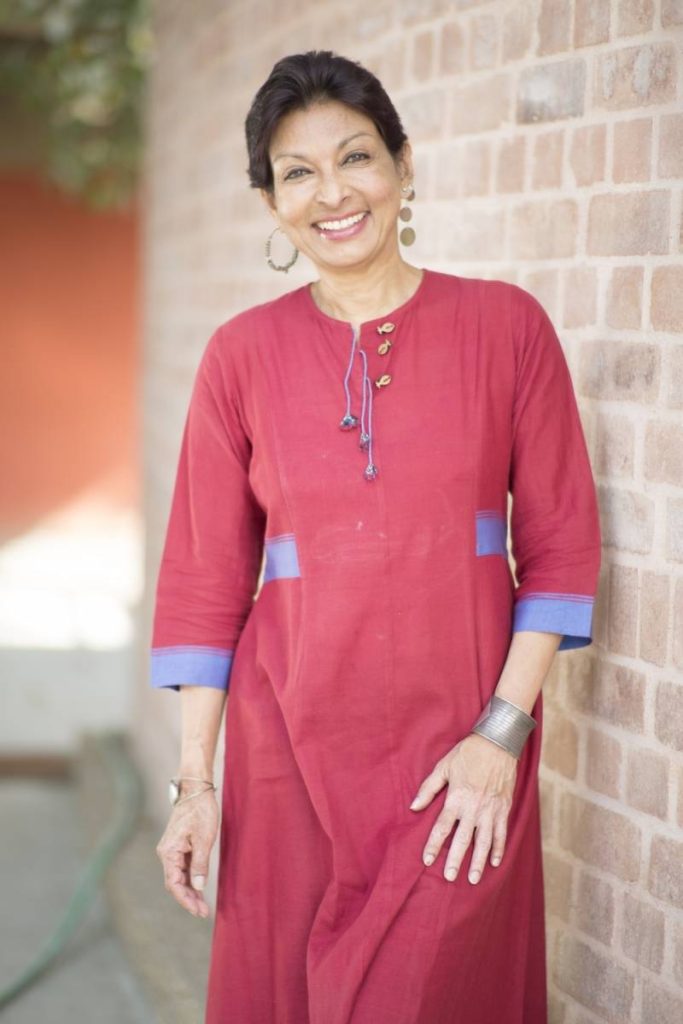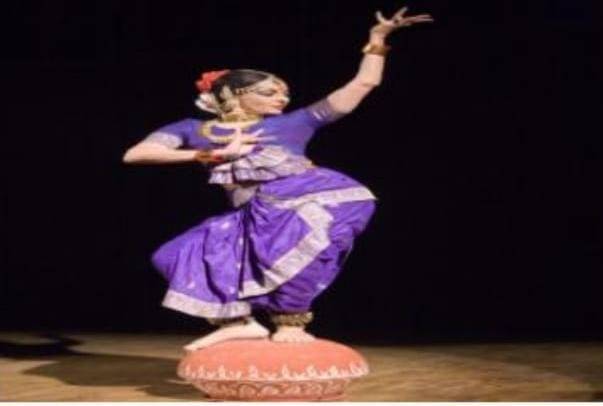Diplomat-author-Parliamentarian Shahsi Tharoor has described the book as “an engaging narration of the life of one of India’s most iconic artistes”…reports Asian Lite News
This is a frank portrayal of the extraordinary life of acclaimed dancer, actor and activist Mallika Sarabhai, very aptly titled ‘In Free Fall: My Experiments With Living’ (Speaking Tiger).
She doesn’t hold back in talking about her “thirty-year obsession with being thin”; her addictions like smoking and how she “hypnotized” her way out of it; her fascination with alternate therapies like Pranik healing, Ayurveda and colour therap;, and the beauty treatments she uses for “future-proofing” her body so that she can continue to dance and perform for years to come.
She speaks with equal candour about her battles with grief and depression – when she lost her beloved father, the space scientist Vikram Sarabhai, in 1971; a painful break-up with a man she loved; and her ups and downs with her children, due, in part, to her own relationships.
The loss of her mother, dancer Mrinalini Sarabhai, in 2016, left her bereft; yoga, dance, transcendental meditation and NVC – Non-Violent Communication – were some of the ways that she coped.
Laced with humour and an earthy wisdom, “In Free Fall” is all about coming to terms with yourself and your body and finding the lifestyle that works for you. And how to make mistakes, pick yourself up and carry on. Never preachy, this self-help memoir delivers an immensely useful message for anyone who wants good health – and happiness.
“For years people have asked me, ‘What is your routine? What do you do to still dance this way? How do you have so much energy?’ and on and on. The lockdown left me alone on the Darpana (Academy of Performing Arts) campus (in Ahmedabad founded by her parents) and I felt I wanted to write this. It became a memoir because one’s body and what you end up doing are so intertwined,” said the dynamic dancer-turned-author.
Diplomat-author-Parliamentarian Shahsi Tharoor has described the book as “an engaging narration of the life of one of India’s most iconic artistes”.
Announcing the publication, Renuka Chatterjee, VP Publishing at Speaking Tiger, said: “This is a book that is honest, down-to-earth, and inspirational. We are sure that many readers will come away from it feeling that they can change their lives if they want, and cope with just about anything! In the process, Mallika also gives us glimpses into her illustrious family that are both heartwarming and intriguing.”
As one of India’s leading choreographers and dancers, Mallika Sarabhai has been co-director of the Darpana Academy for Performing Arts for nearly 40 years. She played the role of Draupadi in Peter Brook’s “The Mahabharata”, first in French and then English, performing in France, Germany, Spain, Switzerland, the United States, Australia, Japan and Scotland.
An activist for education, human rights and women’s empowerment, her numerous stage productions have raised awareness, highlighted crucial issues and advocated change, developing her own contemporary dance vocabulary to create short and full-length works that have been presented throughout India and in over 50 countries across the world.





